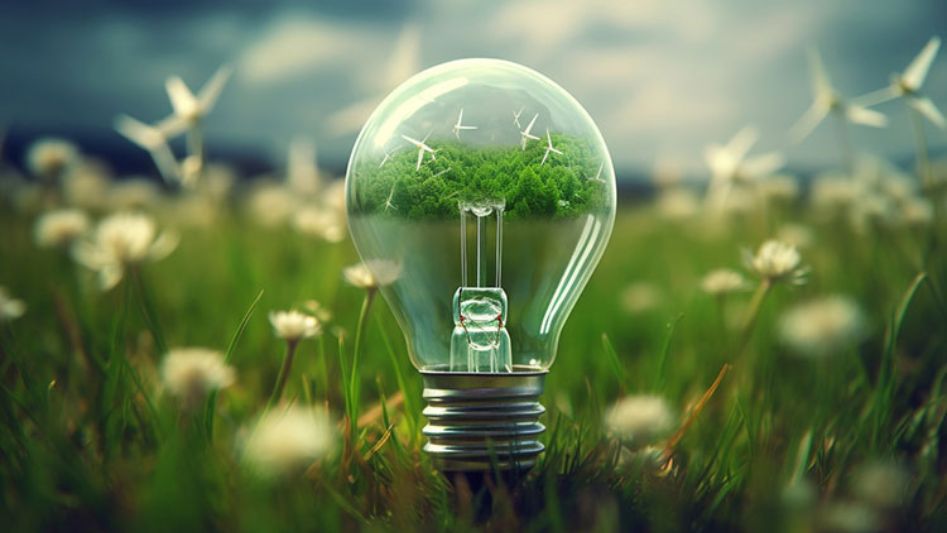In our commitment to a sustainable future, we, as a collective, are embracing the imperative shift from conventional brown energy sources to the brighter, greener alternatives. The global paradigm shift towards eco-friendliness has fueled innovation and investment in renewable energy sources, promising a cleaner, healthier planet. In this comprehensive guide, we delve into the transformative journey from brown to green energy sources, highlighting the pivotal role they play in mitigating climate change, reducing environmental impact, and ensuring a brighter future for generations to come.
Table of Contents

Understanding the Urgency
The Perils of Brown Energy
The term “brown energy” encompasses fossil fuels such as coal, oil, and natural gas, which have been the lifeblood of our industrialized societies for decades. However, their dominance comes at a steep environmental cost. The burning of these resources releases copious amounts of greenhouse gases into the atmosphere, exacerbating global warming and leading to severe consequences, including rising sea levels, extreme weather events, and the loss of biodiversity.
The Green Alternative
Conversely, green energy sources, primarily derived from renewable resources like sunlight, wind, and water, offer a sustainable path forward. These sources produce little to no greenhouse gas emissions during electricity generation, making them a cornerstone of our fight against climate change. By harnessing the power of the sun, wind, and water, we can drastically reduce our carbon footprint and usher in a cleaner, healthier planet.
The Advantages of Transitioning
1. Mitigating Climate Change
The transition from brown to green energy is instrumental in mitigating climate change. Green energy sources produce electricity with minimal or no greenhouse gas emissions, reducing our overall carbon footprint. This reduction is crucial to meeting international climate goals, such as those outlined in the Paris Agreement.
2. Reducing Environmental Impact
Brown energy sources are notorious for their detrimental effects on the environment. From devastating oil spills to strip mining and air pollution, the environmental cost is staggering. Green energy sources, on the other hand, are inherently sustainable and leave a significantly smaller environmental footprint.
3. Energy Independence
By harnessing local and renewable energy sources, nations can reduce their dependence on imported fossil fuels. This not only strengthens national security but also bolsters economic stability by creating local jobs and fostering innovation in the energy sector.

Making the Transition
1. Solar Power
Solar panels, a quintessential green energy source, capture sunlight and convert it into electricity. Installing solar panels on residential and commercial properties not only reduces energy bills but also contributes to the overall grid’s green energy supply.
2. Wind Energy
Wind turbines harness the kinetic energy of the wind to generate electricity. These towering structures are now a common sight in many regions, providing clean energy to thousands of households.
3. Hydropower
Hydropower, generated from the flow of water in rivers and dams, has long been a reliable green energy source. It produces consistent and efficient electricity while having minimal environmental impact when compared to dam construction.
Overcoming Challenges
Transitioning to green energy sources is not without its challenges. One of the primary obstacles is the initial investment required for infrastructure development. However, governments and organizations worldwide are offering incentives and subsidies to facilitate this transition, making it more accessible and cost-effective for individuals and businesses alike.

Conclusion
The shift from brown to green energy is not merely an option; it is an urgent necessity. Each one of us can contribute to this transformative journey. Whether it’s installing solar panels on your rooftop, advocating for green energy policies, or supporting renewable energy initiatives, every action counts.
As we embrace green energy sources, we pave the way for a brighter and more sustainable future. The benefits are manifold, from curbing climate change to reducing our environmental footprint and fostering energy independence. It’s time to be part of the solution and lead the way towards a greener and more sustainable world.
FAQs
Why should I transition to green energy?
Transitioning to green energy helps combat climate change, reduces environmental harm, and promotes energy independence.
How can I make the switch to green energy?
You can transition to green energy by installing solar panels, using wind turbines, or supporting hydropower initiatives.
What are the main types of green energy sources?
The primary types of green energy sources include solar power, wind energy, hydropower, geothermal energy, and biomass.
Is green energy affordable for homeowners?
Yes, green energy options like solar panels have become more affordable, with various incentives and financing options available.
You May Also Like
- RENEWABLE ENERGY SOURCES: EXPLORING THE OPTIONS FOR A CLEANER PLANET
- POWER PER POUND: COMPARING THE ENERGY DENSITY OF RENEWABLE AND NON-RENEWABLE ENERGY SOURCES
- THE RISE OF GREEN ENERGY: HOW RENEWABLE SOURCES ARE RESHAPING THE ENERGY LANDSCAPE
- THE 7 MAIN SOURCES OF RENEWABLE ENERGY EXPLAINED
- ECO-INNOVATIONS: THE NEXT BIG THING IN GREEN ENERGY
